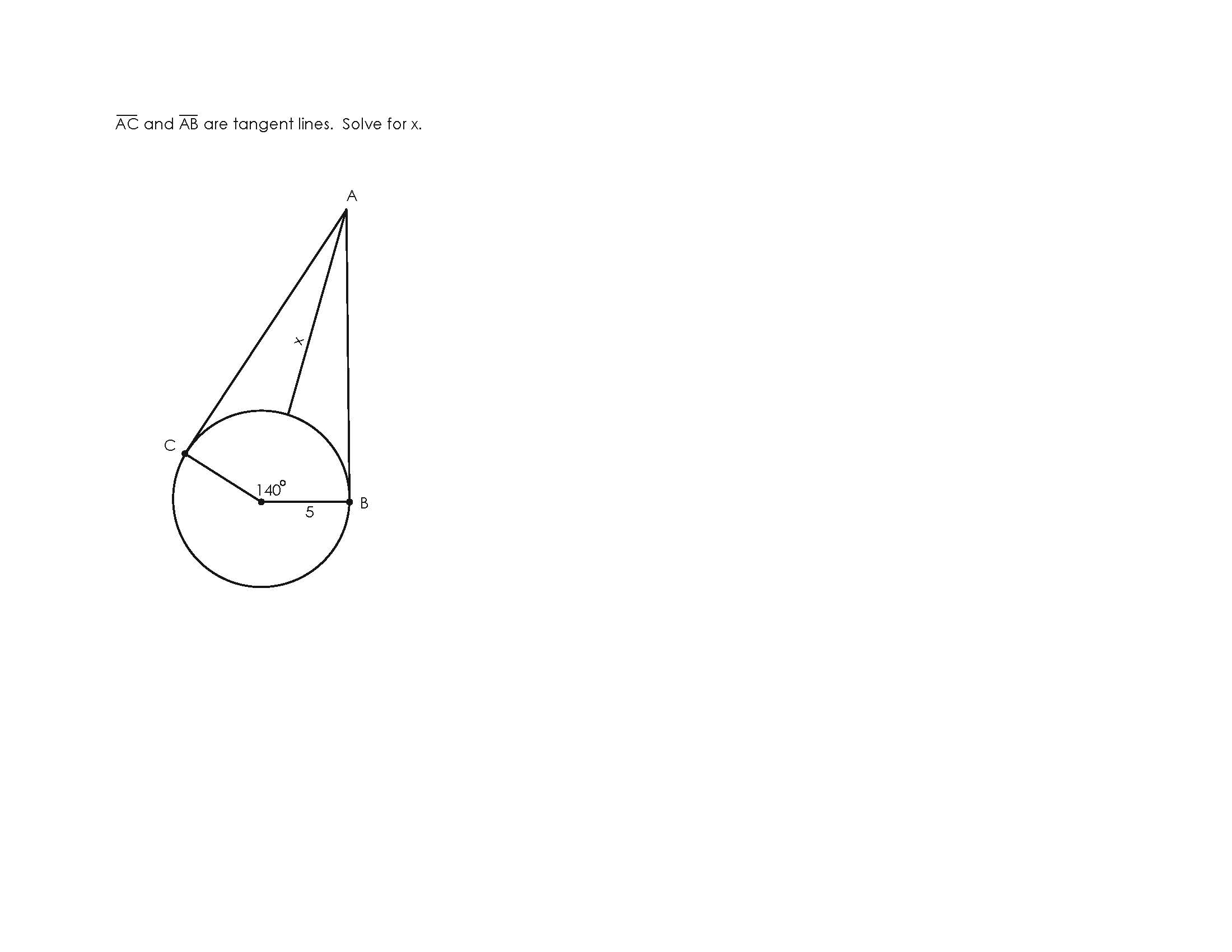This application isn’t real world but it’s real enough world. It’s not real world in the sense that nobody needed to figure out this exact question at their job. But it’s real enough world because a financial advisor at a well known wealth management firm told me he does calculations like this a lot. He simply invented the following scenario because he thought young kids could relate to it. I’m not sure if they can – but I’m damn sure they can learn from it. Since he’s the expert I’ll just leave it all in his words:
Additionally, here are some well- known abbreviations that I’ll reference in two scenarios:PV = present valueFV = future valueN = years to goali = assumed annual growth ratePMT = annual paymentScenario 1 – When his son is age 18, a dad opens a Roth IRA for the boy with a $1000 investment (PV). The dad tells the boy “I’m giving you this money under one condition…and that is, you must contribute $600 per year (PMT) and leave it alone until you turn age 65, which is 47 years from now (N). We’re going to invest the money in an aggressive growth stock mutual fund that over time, I expect, should grow 9% per year on average (i). At age 65, I expect your account value will be in the neighborhood of $433,535 (FV).” Pretty amazing what time and compounding will do, huh?Scenario 2 – A 13 year-old girl wants to purchase a used car at age 18, 5 years out (N). She expects the car to cost $8000 (FV). So far, she has saved $3000 (PV) and wants to know how much she must save annually (PMT) if her money is invested at a 4% annual rate (i). Solving for PMT:PV = $3000FV = $8000i = 4%N = 5 yearsPMT = $803.13
#IndustryMath
Cheers!




